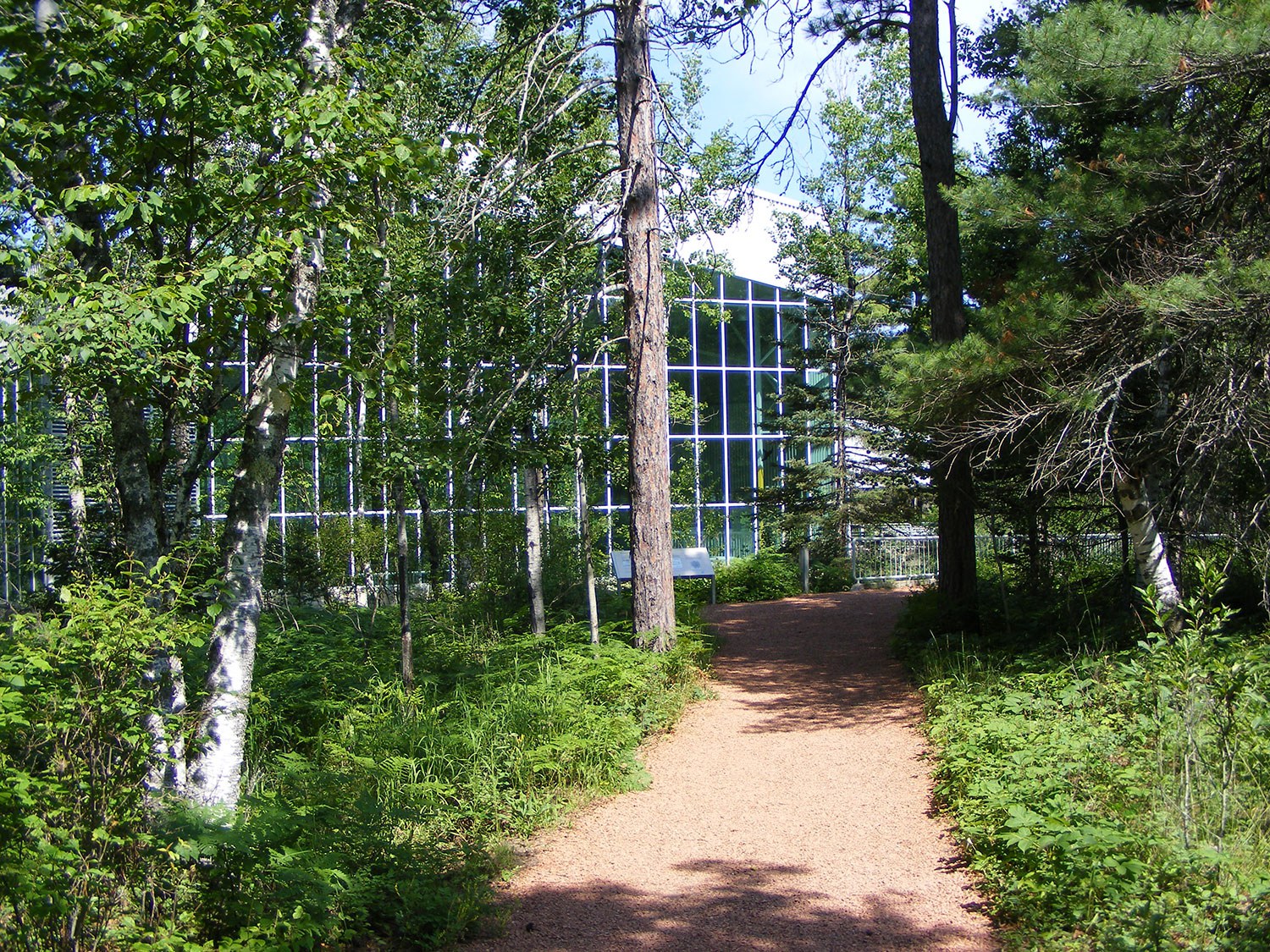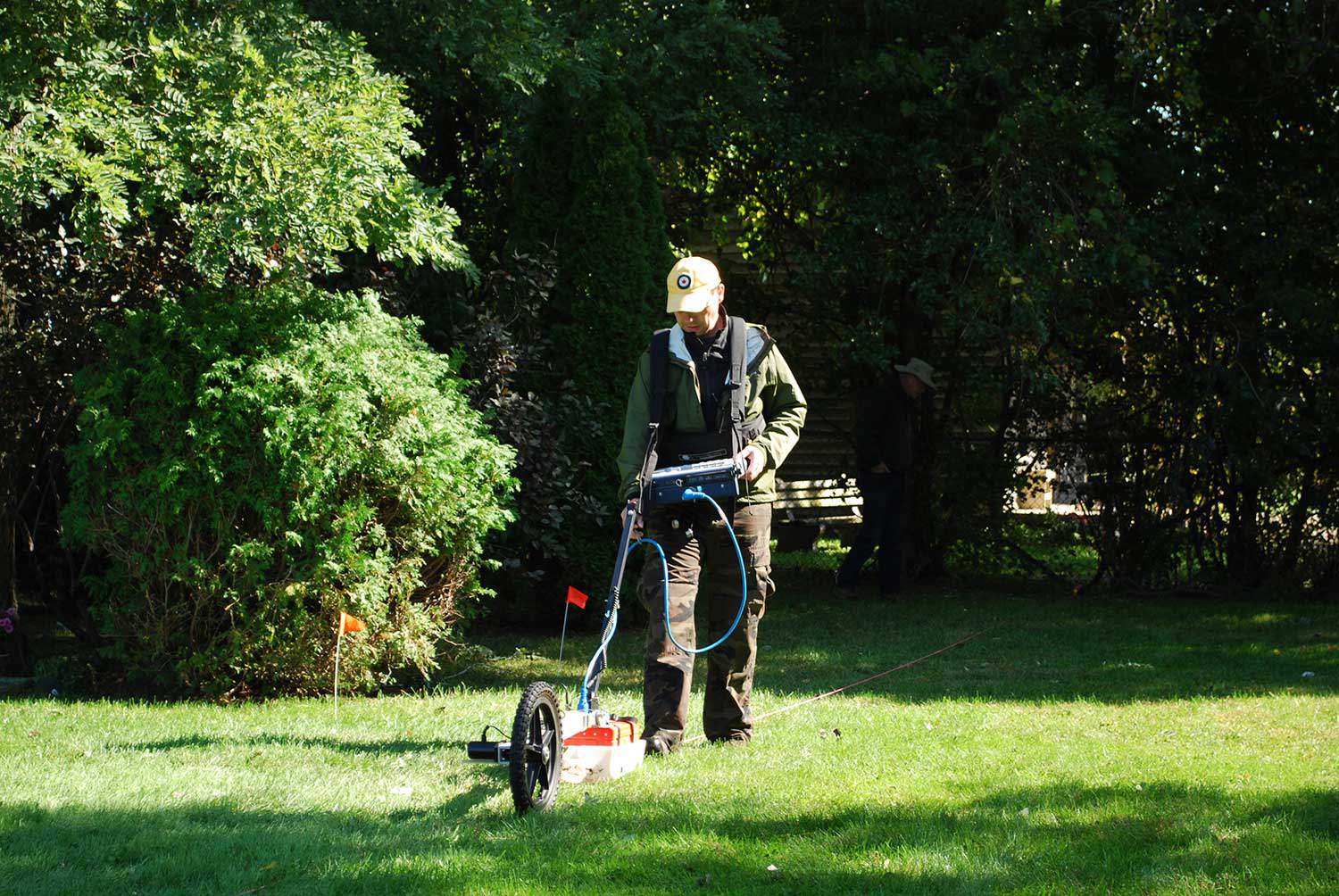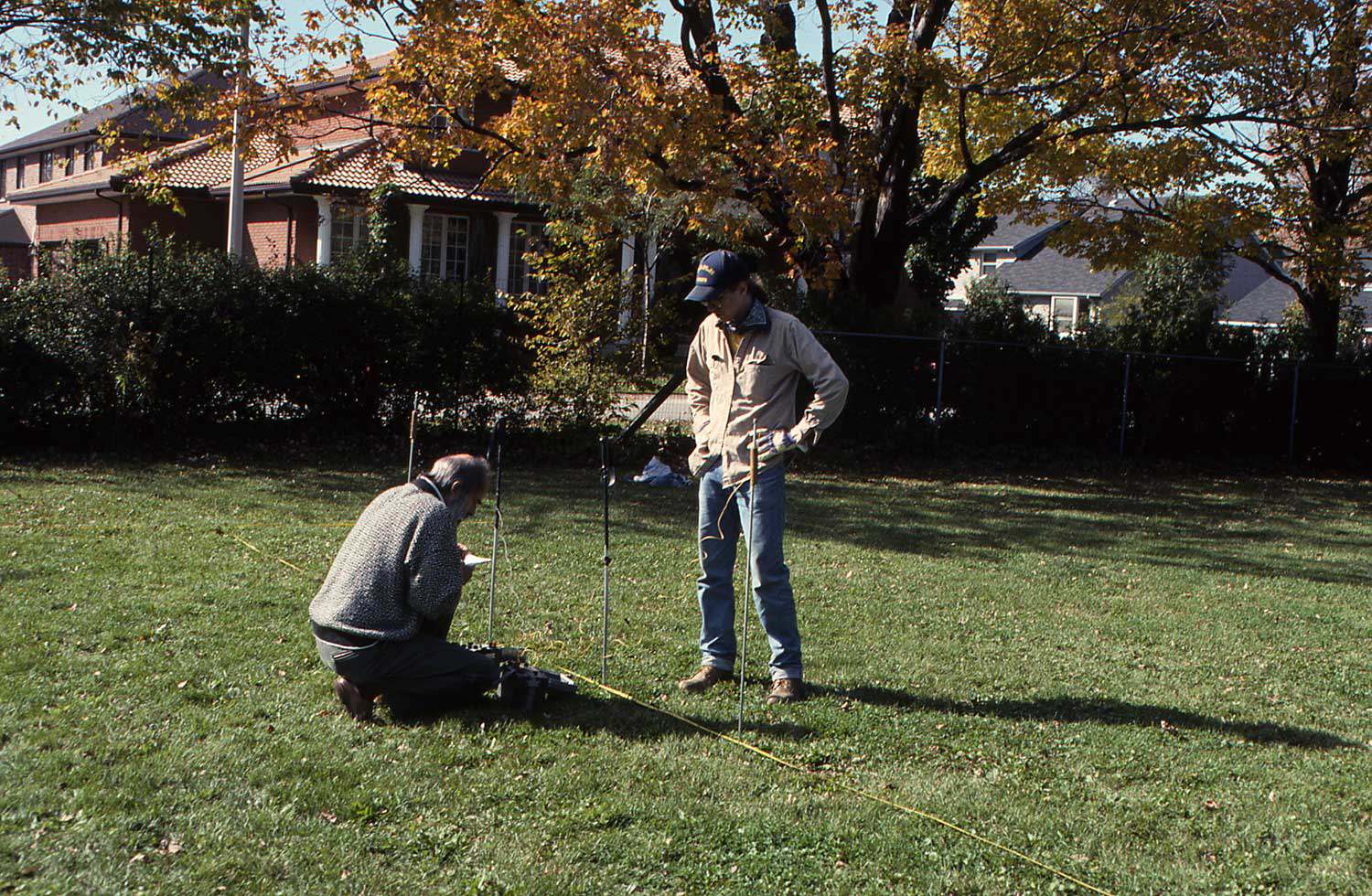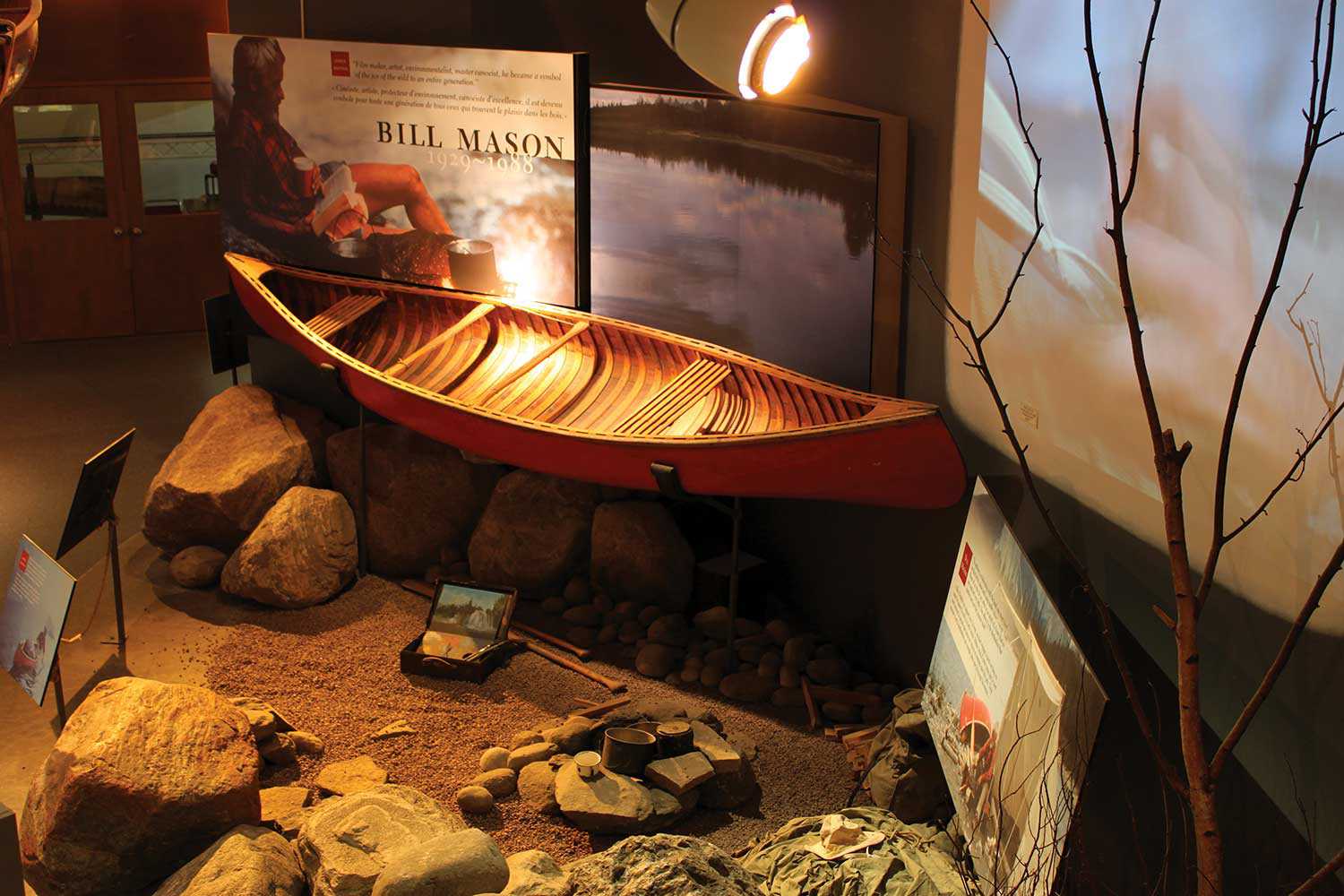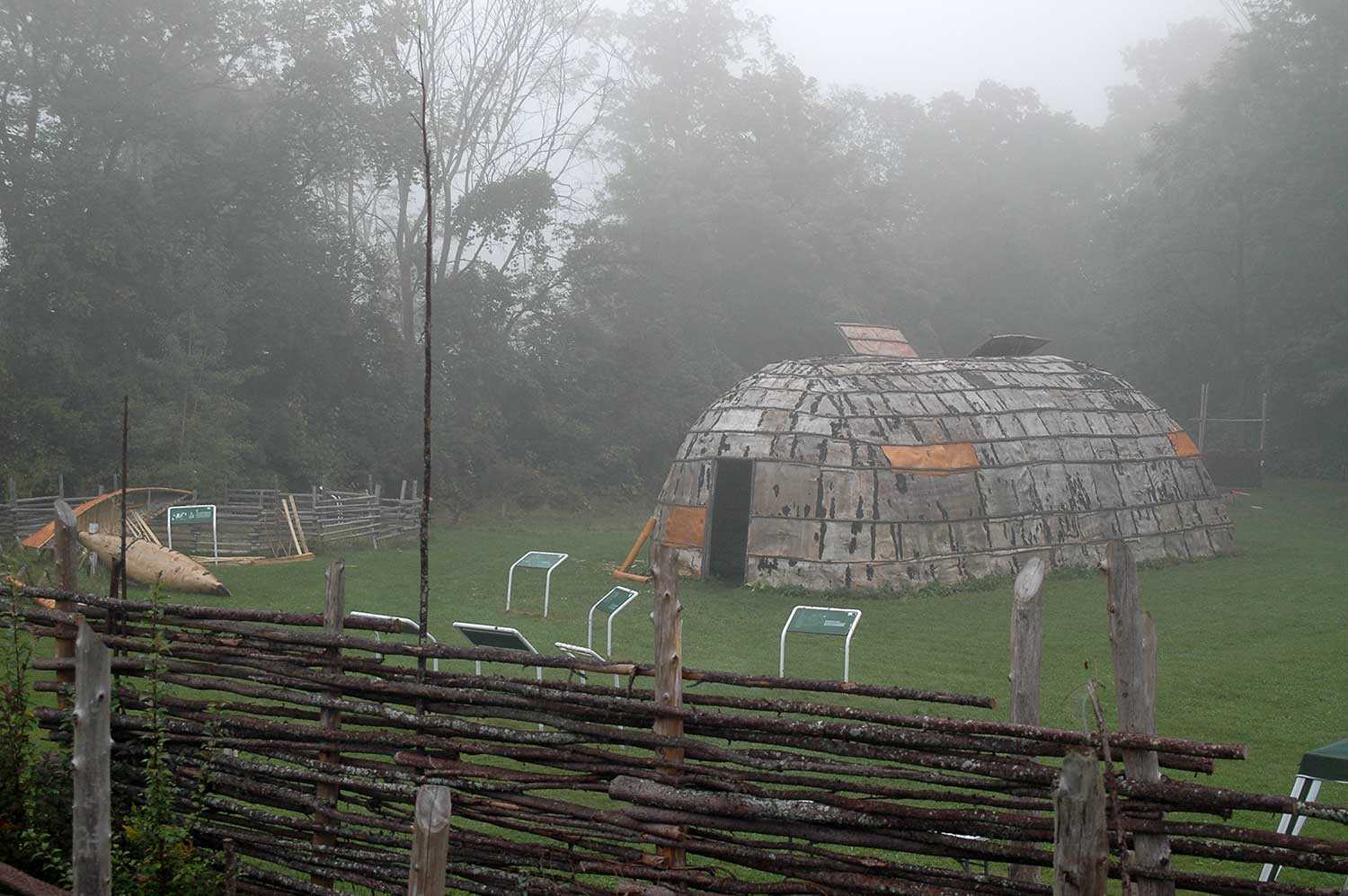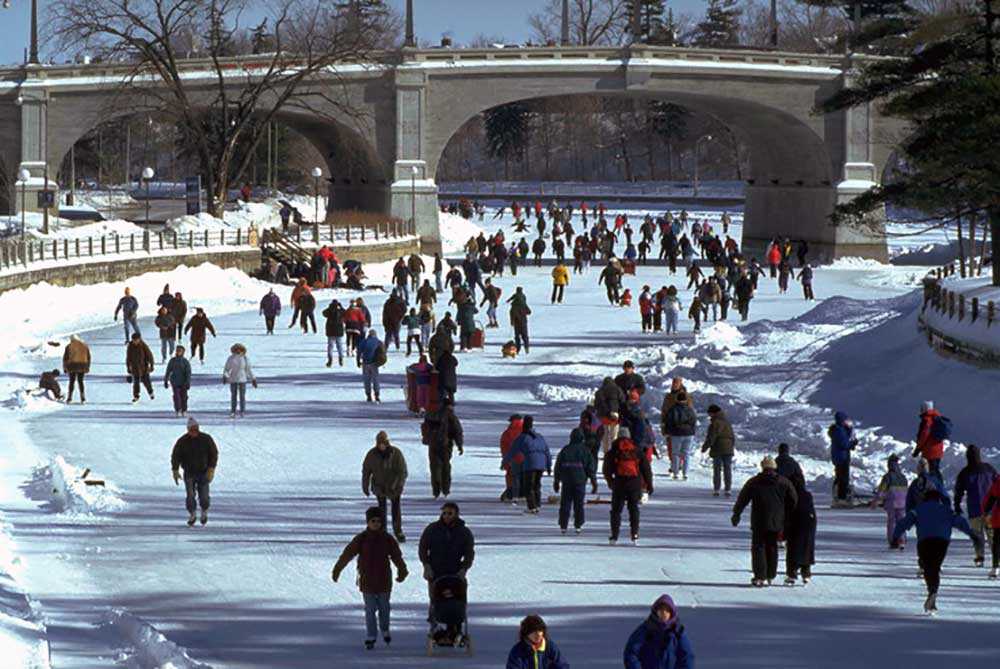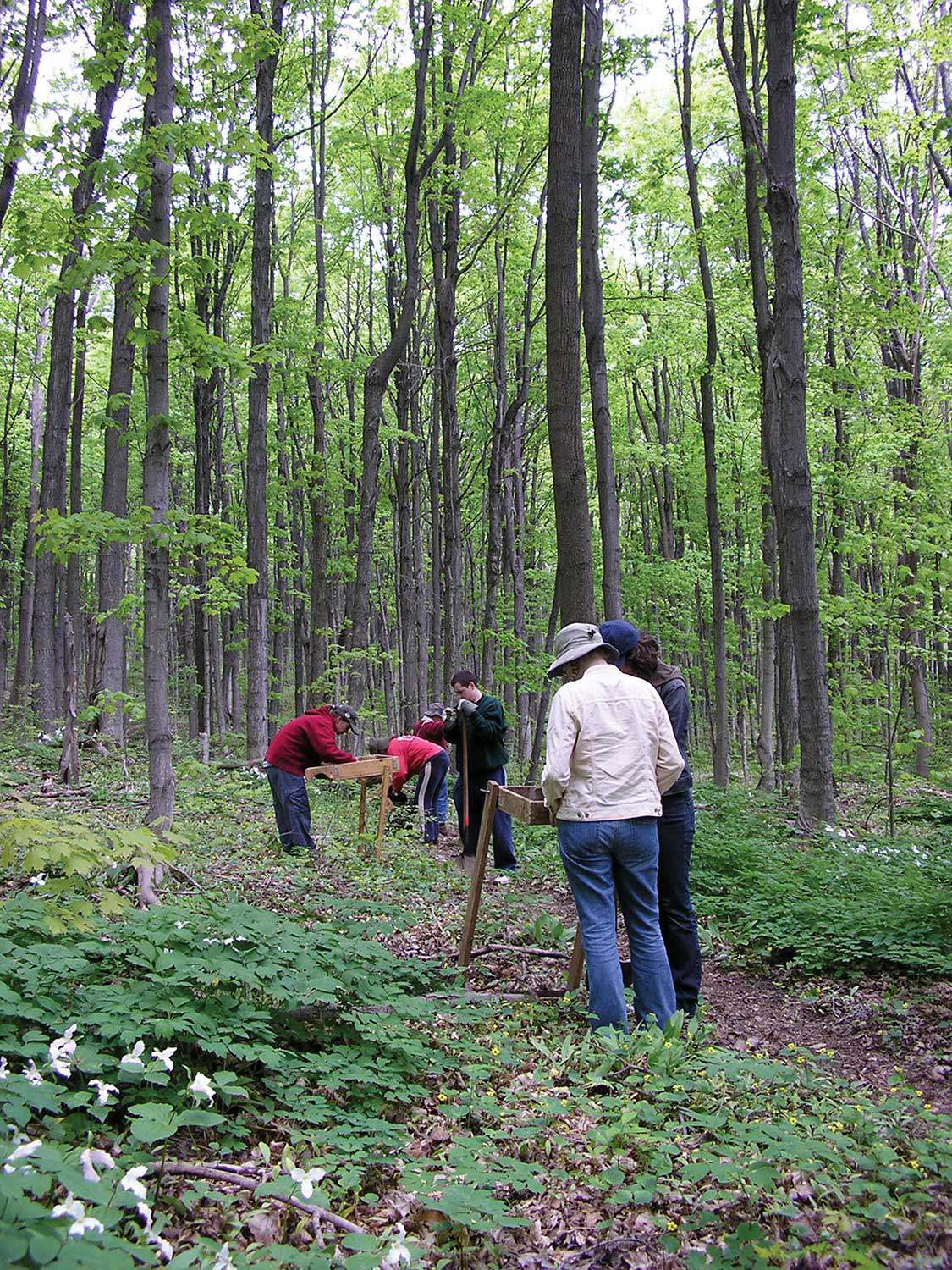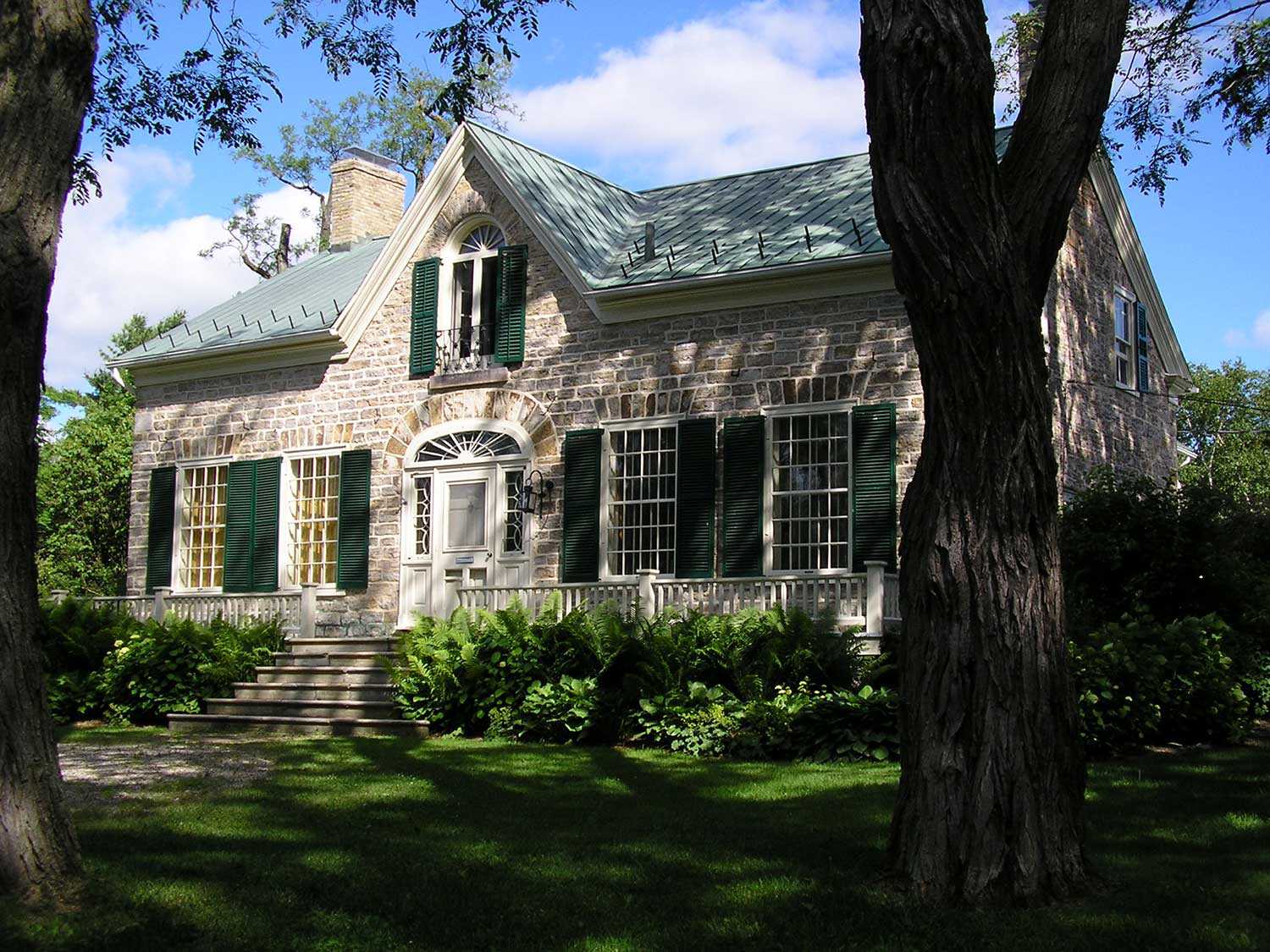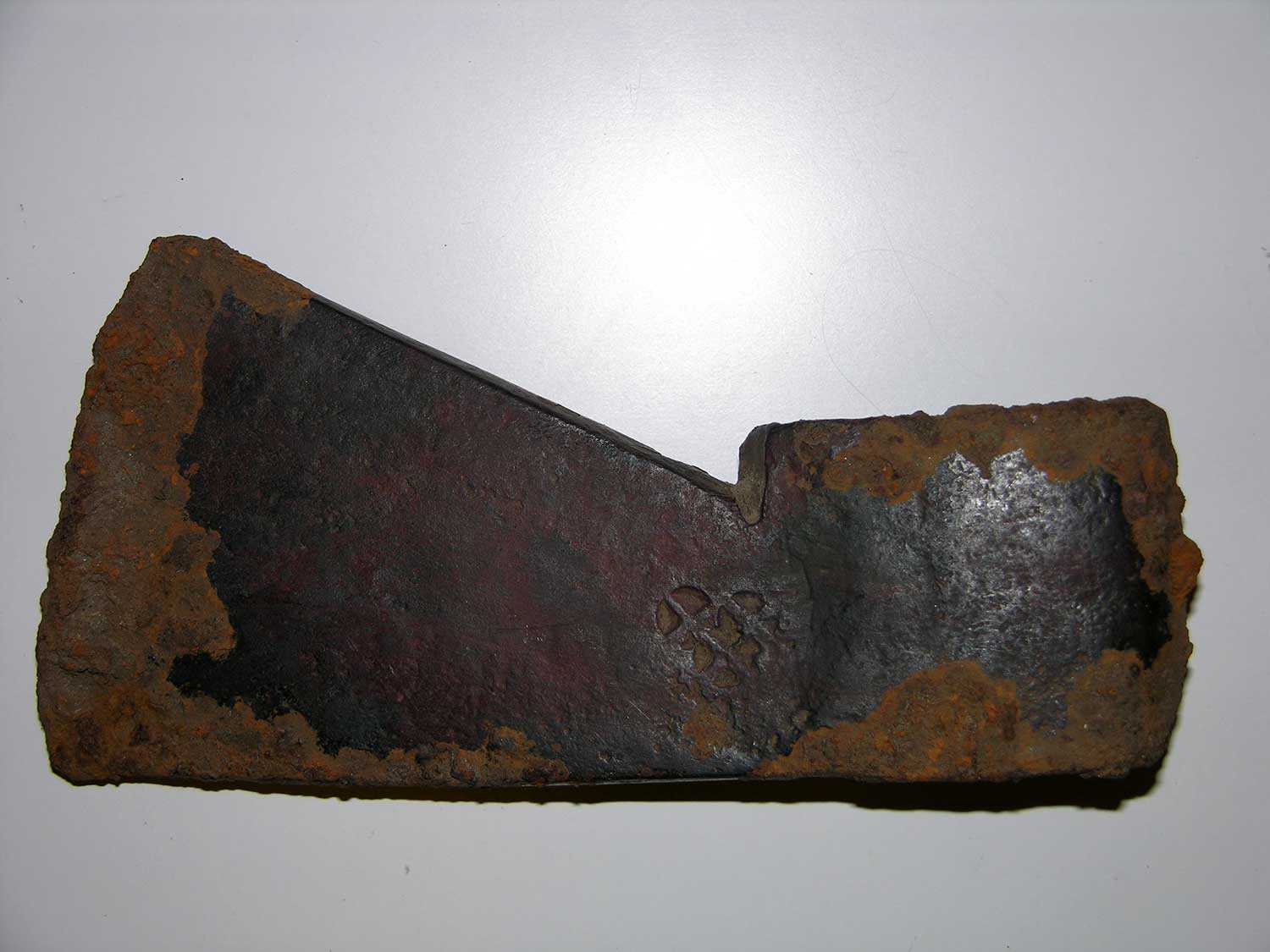

Browse by category
- Adaptive reuse
- Archaeology
- Arts and creativity
- Black heritage
- Buildings and architecture
- Communication
- Community
- Cultural landscapes
- Cultural objects
- Design
- Economics of heritage
- Environment
- Expanding the narrative
- Food
- Francophone heritage
- Indigenous heritage
- Intangible heritage
- Medical heritage
- Military heritage
- MyOntario
- Natural heritage
- Sport heritage
- Tools for conservation
- Women's heritage
Nine ways that heritage conservation is good for the economy
Advocates for heritage conservation have traditionally made their case on the basis of architectural character, cultural significance, social relevance, esthetic quality and other values of historical buildings. And those values are as important as ever.
In recent years, however, researchers have demonstrated the significant impact that heritage conservation has on the local economy. It is not that the economic value is more important than the other values – indeed it is not. In the long run, those other values are much more important. But as the great British economist John Maynard Keynes once said, “In the long run, we’re all dead.” The fate of heritage buildings is often decided by those whose perspective is in the short run – politicians, urban planners, bankers, property owners, real estate developers and others. For those, the economic values need to be demonstrated.
Most of the heritage economics research has been done in the U.K., Canada, Australia and the United States. The “nine ways” enumerated below are primarily based on the research that our firm has done in the United States in recent years.
Over the last 30 years, there have been numerous studies on the economic impact of historic preservation, usually on the state level. Some 20 or 25 states have commissioned these studies. Regardless of who conducted the study, in most cases the “big four” impacts emerged:
- Jobs and income. The historic rehabilitation process is labour intensive, usually with a much larger share of the budget going to labour than is true in new construction. That means more positive local impact, measured in both number of jobs and amount of household income, for the same amount of total investment.
- Historic preservation and downtown revitalization. Centre cities – in both large and small places – have seen a renaissance throughout North America over the last two decades. In the United States, at least, nearly every sustained success story has had the rehabilitation of historical buildings as a central element in the revitalization strategy.
- Heritage tourism. There are consistent findings in the United States and elsewhere that heritage visitors stay longer, spend more per day and visit more places than do tourists in general. Further, in our studies, we’ve found that heritage visitors spend more in each of the five categories of tourism expenditures – lodging, food and beverage, local transportation, retail purchases, and amusements and entertainment.
- Historic districts and property values. This is the area that has seen more analysis than any other aspect of the heritage/economics link. It has been undertaken in all parts of the United States, by different researchers, using different methodologies. What is most surprising is the consistency of the results. Properties in historic districts outperform the market, whether the comparison is with similar non-designated neighborhoods, the market as a whole or before versus after designation. Claims that historic districts and their accompanying additional regulations hurt property values simply has not been found to be true. Robert Shipley at the University of Waterloo has found similar patterns in Canadian cities.
As is noted above, most of the studies in the United States over the last 30 years have been on the statewide level. In the last four or five years, however, we have conducted historic preservation impact studies on the city level. Three things have made this possible: (1) the availability of “big data”; (2) the ability to reflect numerical data graphically through GIS; and (3) a recognition by local advocates that in the United States, it is at the local level where the only real protection of heritage resources takes place. These citywide studies have yielded additional evidence of the economic impact of historic preservation. - Foreclosure patterns. Beginning at the end of 2007 and lasting three or four years in most places, the United States (and much of the world) experienced the greatest economic collapse in two generations. The biggest negative impact of the Great Recession was on housing values. As a consequence, millions of families lost their biggest assets – their homes. In more than 30 cities in every part of the country, we have looked at foreclosure patterns in local historic districts. In every instance, the foreclosure rates were less, usually substantially less, than the city as a whole. This was not a result of “only rich people live there.” In both rich and poor neighborhoods, far fewer homes in historic districts faced foreclosure action than elsewhere.
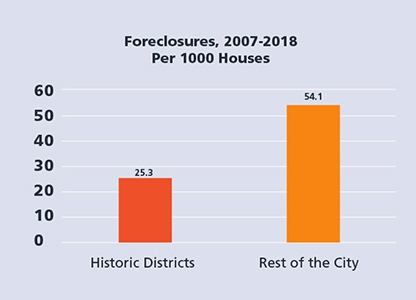
Table: Nashville foreclosures - Strength in up and down markets. Related to the above has been the pattern of property value change in both up and down markets. In several studies, we have looked at the change in value before, during and after the real estate collapse. The general pattern has been this: In up markets, properties in historic neighborhoods go up in value faster than the city as a whole. In down markets, the value decline begins later, is shallower, and recovery begins sooner than elsewhere. In recovery markets, the upward movement in value begins earlier and reaches pre-recession levels sooner than the rest of the city.
- Small and start-up businesses. In economic analysis, there is the concept of “revealed preference.” The preferences of the marketplace are “revealed” not through a response to a survey, but in the decisions made. This is how we have looked at the preferences of small and start-up businesses. In places as diverse as New York City, Indianapolis, Savannah and Raleigh, a disproportionate share of new and small businesses chose to locate in local historic districts.
- Knowledge and creative businesses. What is true of small and start-up businesses is also true of businesses that are involved in the knowledge and creative enterprises. A greater share of jobs in those businesses is found in historic districts than their share of the overall workforce.
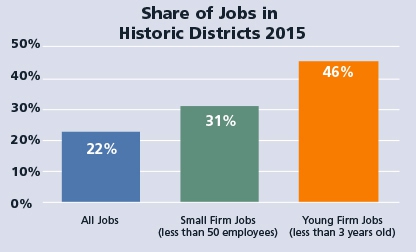
Table: Saratoga Springs jobs - Millennials and housing. The National Association of Realtors periodically conducts an analysis of generational patterns among homebuyers. In their most recent such study, it was found that millennials (who now have surpassed baby boomers as the largest demographic group in the United States) purchased 34 per cent of all houses, 44 per cent of houses built between 1913 and 1960, and 59 per cent of houses built in 1912 and earlier. We’ve concluded that they made those decisions on the three C’s – cost, character and convenience.
There are other contributions of historical buildings and neighborhoods that might be called “economics once removed.” These include greater walkability, density at a human scale, lesser negative environmental impacts both in operation and the avoidance of demolition, higher patterns of public transportation usage, greater diversity within neighborhoods and others.
But the lesson is this. While built heritage provides multiple values in the long-term, its short-term economic contributions can benefit nearly every city. [Photos courtesy of Donovan Rypkema]


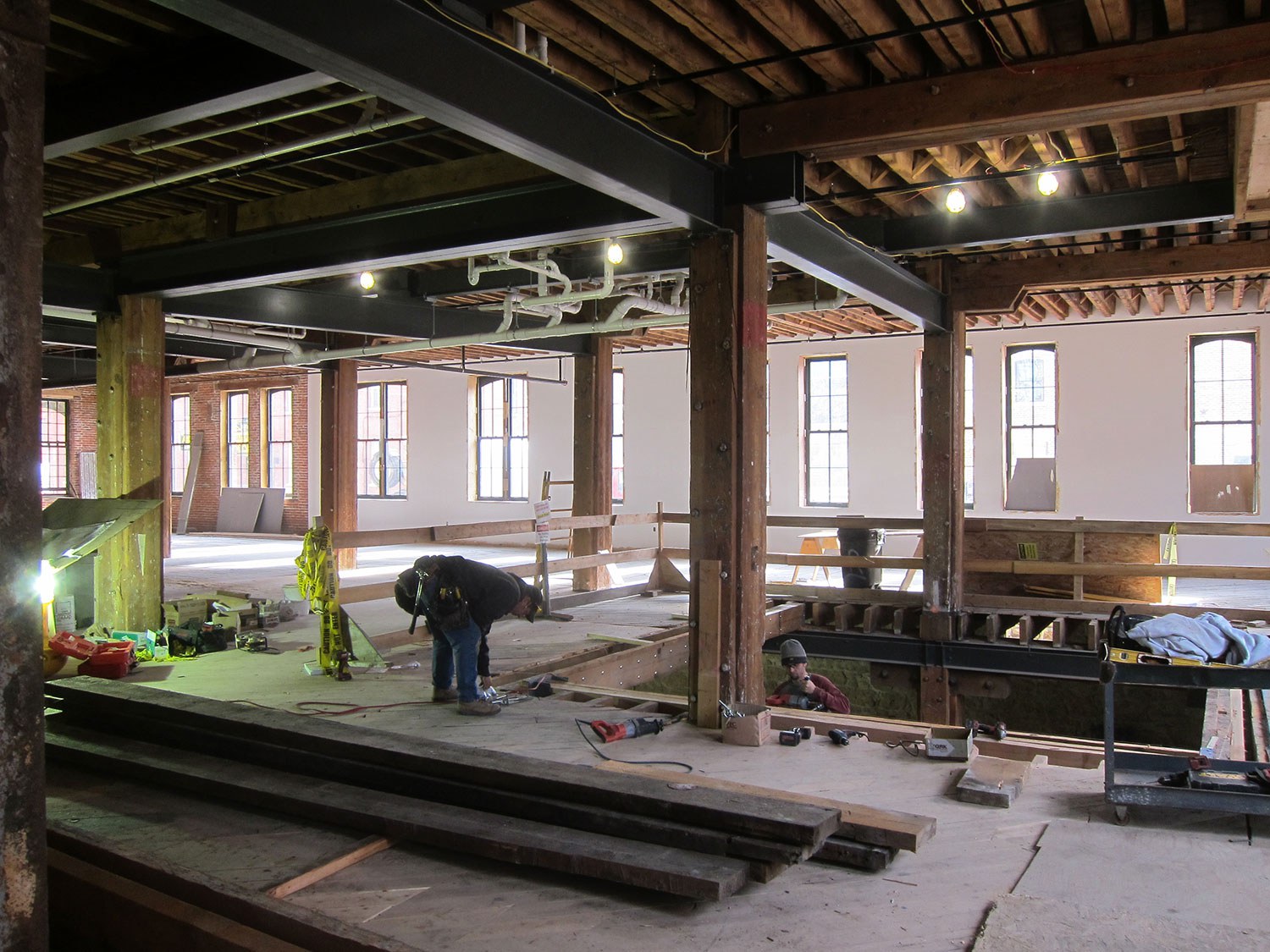
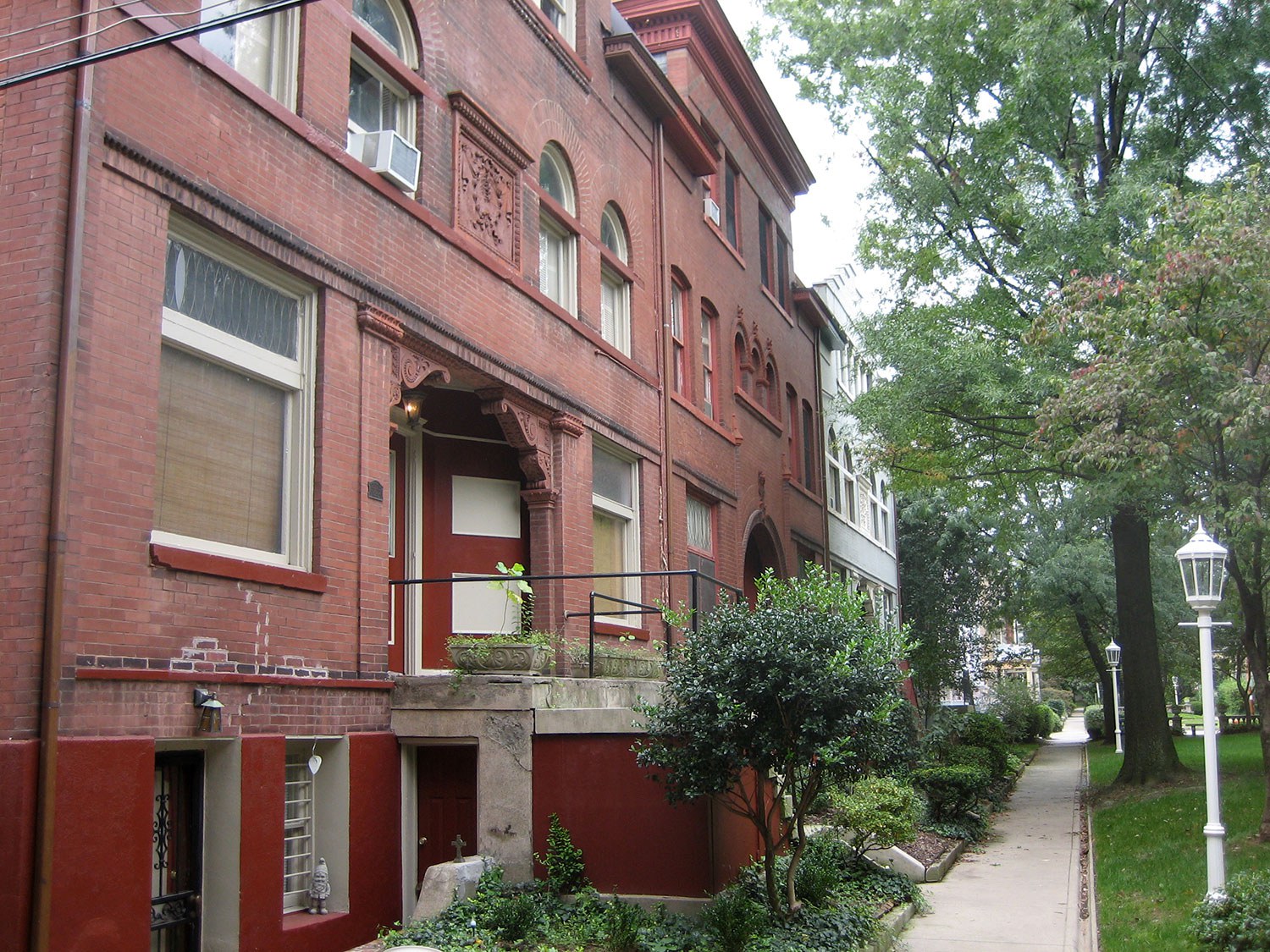





















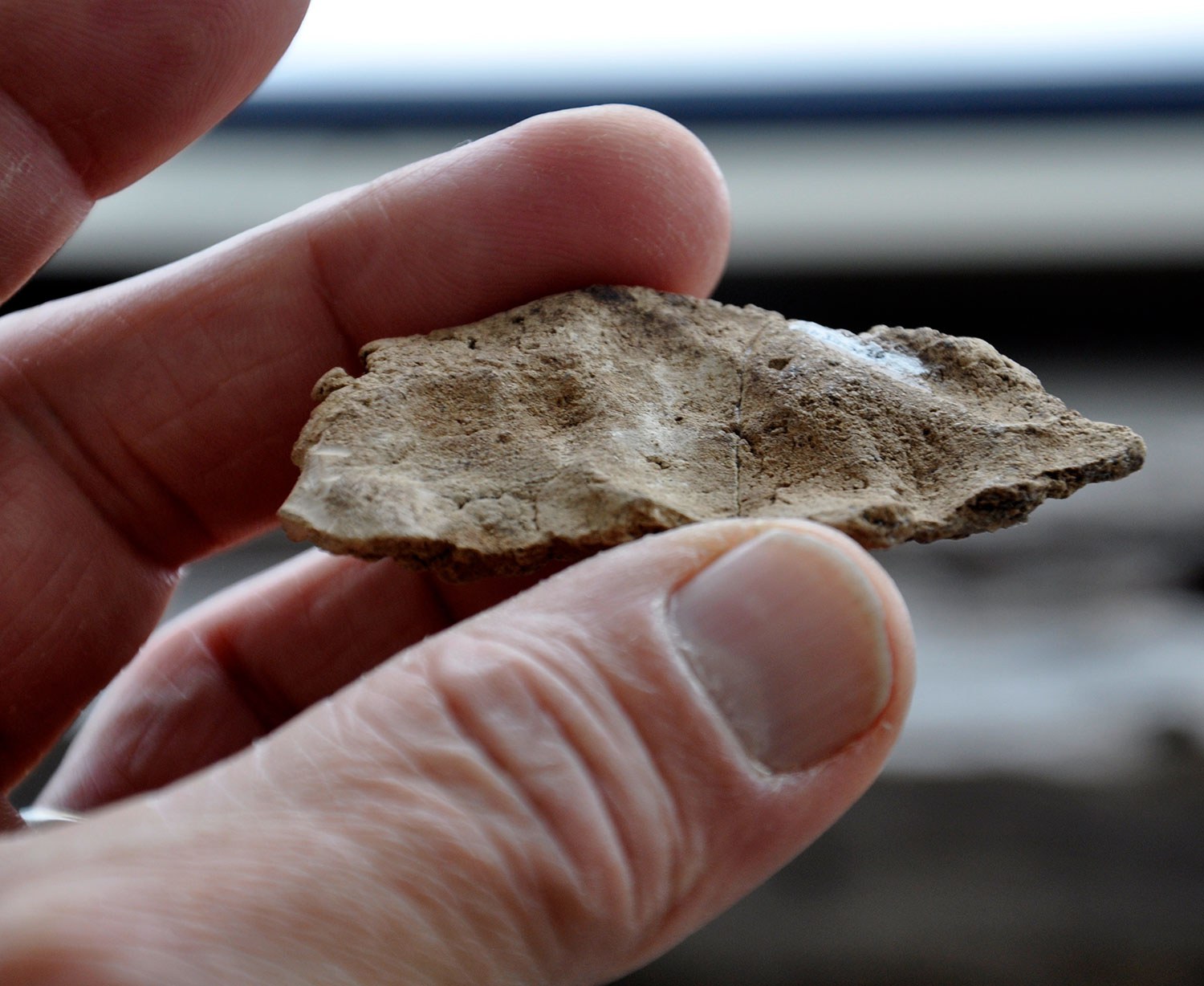

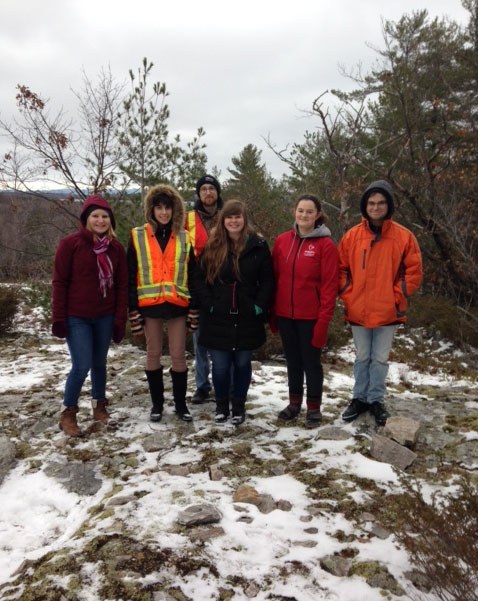
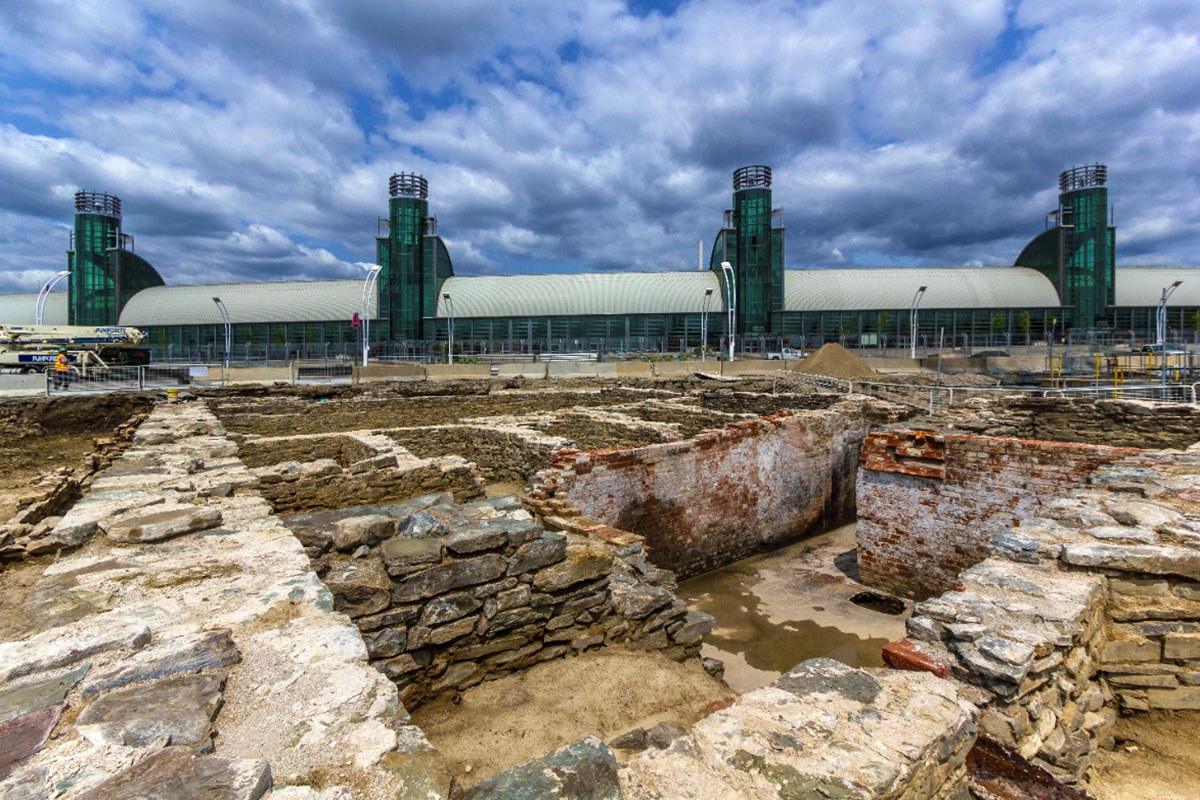

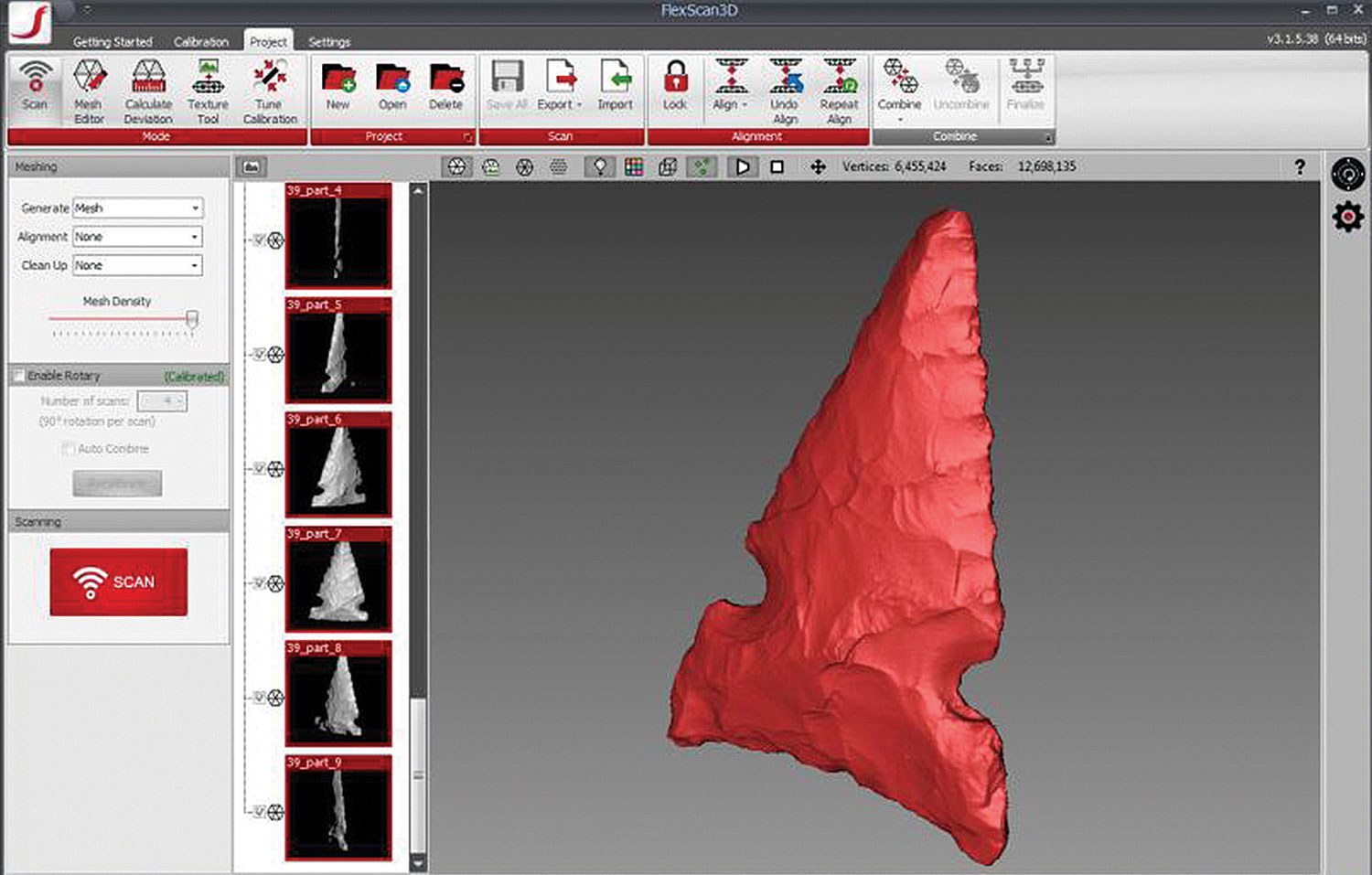
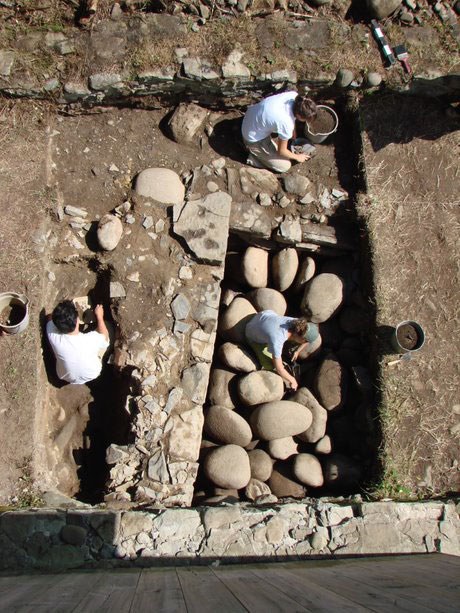


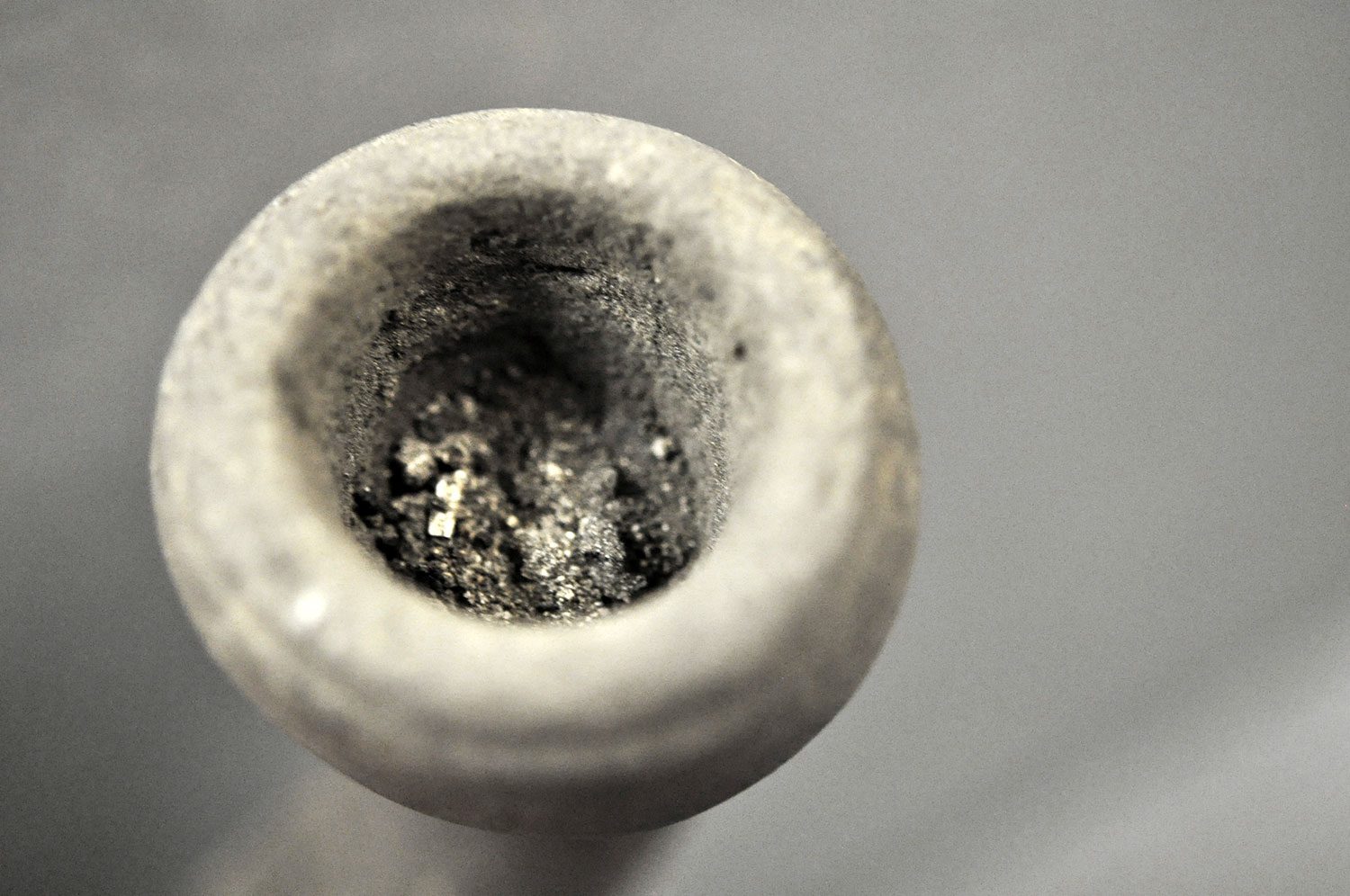


![J.E. Sampson. Archives of Ontario War Poster Collection [between 1914 and 1918]. (Archives of Ontario, C 233-2-1-0-296).](https://www.heritage-matters.ca/uploads/Articles/Victory-Bonds-cover-image-AO-web.jpg)








